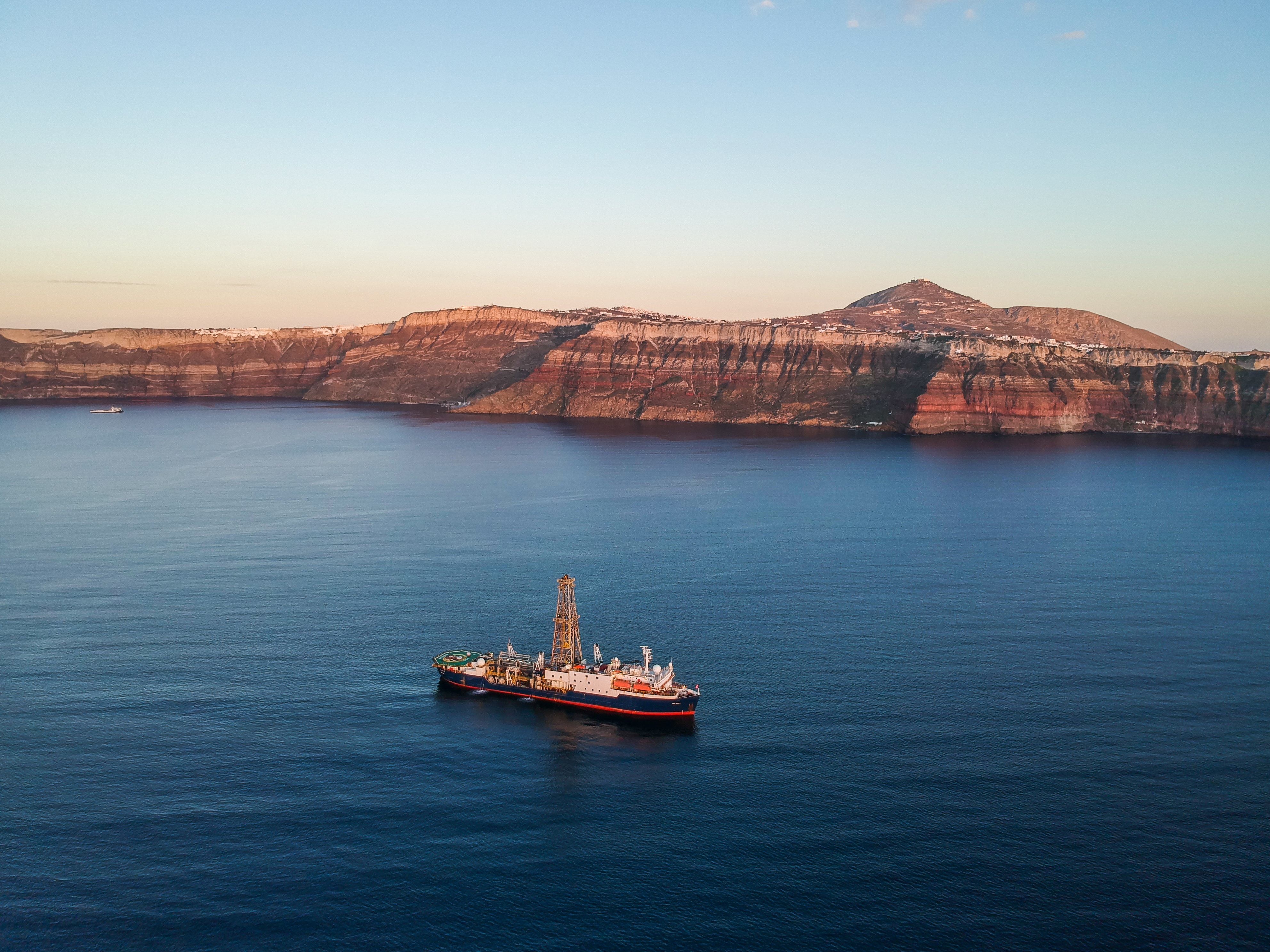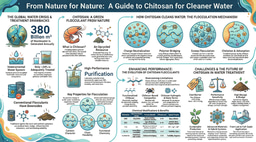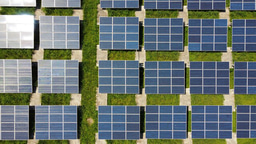Scientific ocean drilling in the Santorini caldera reveals a surprisingly large eruption in historic times
Published in Earth & Environment and Ecology & Evolution

With its white houses with blue roofs and breathtaking views, Santorini is one of Europe's top tourist destinations. Two million tourists visit every year. At the center of the archipelago lies the active Kameni volcano, whose two islands Palea Kameni (Old Burnt Island) and Nea Kameni (New Burnt Island) are popular day-trip destinations. The story of these volcanic islands began after the devastating Minoan eruption some 3600 years ago, when the previous volcano erupted vast amounts of ash and pumice and eventually collapsed, creating the iconic caldera walls of Santorini.

This was not Santorini's first caldera collapse, as we now know of at least five such events within the last half million years. Like other large volcanic systems (e.g. Campi Flegrei in Italy or Taupo in New Zealand), Santorini goes through caldera cycles. After a very large caldera-forming eruption such as the Minoan eruption, the new cycle is thought to begin with small but frequent eruptions as the volcanic system is recharging. Subsequently, the volcanic system continues to mature and eruptions become larger but less frequent before the system is ready to produce another caldera-forming eruption. This typically occurs over time scales of a few tens of thousands of years.
Santorini is currently in a recharging phase. We know from historical records of nine eruptions that created the two Kameni islands. The last eruption took place in 1950. Eyewitness accounts tell us that these eruptions were spectacular to watch, but generally effusive or only mildly explosive. However, one event stands out. Historical writers noted this:
‘In the early summer of 726 [CE], the sea was seen to boil as if it had been heated by an incandescent furnace. Heavy steam rose from it, and the smoke became denser and denser until it was joined by incandescent pyroclastic ejecta. The jet was so hot that it seemed to be completely on fire. Large blocks of pumice were ejected in such quantity that they covered the surface of the sea over an immense area, and wind carried them to the coasts of Asia Minor and Macedonia.’
Fouque, 1879.
It has even been suggested that the sudden appearance of floating rocks on the surface of the Aegean Sea may have prompted Emperor Leo III of Constantinople, fearing divine displeasure, to impose iconoclasm, a ban on the display of religious symbols, which caused severe socio-economic instability in the Byzantine Empire.
But where are the deposits of this supposedly significant eruption? Onshore Palea Kameni, only a thin mantle of pumice and a small lava flow at the northwestern tip of the island have been associated with the eruption in 726 CE. No other products are observed that would hint at an eruption of the scale of that described. Were the accounts exaggerated? Were the historical writers confusing Santorini with another volcano?
Deciphering the history of the Kameni volcano was one of the many motivations that led some of our team to submit a proposal to the International Ocean Discovery Program (IODP) in 2015 to drill the ocean basins in and around Santorini. Only here could we hope to have a complete archive of the eruptions of Santorini and its neighbouring volcanoes. High-resolution reflection seismic data, recorded on the research vessel RV Poseidon in 2019, indicated that the basins within the Santorini Caldera contain sediments up to 300 m thick, but their origin remained unclear. At the end of 2022, we had the opportunity to sample these deposits by deep-drilling.

IODP Expedition 398 set sail from Tarragona, Spain, aboard the iconic JOIDES Resolution drillship. On board was an international team of 30 interdisciplinary scientists, supported by 30 technical staff and 60 crew members. Together, we drilled at four locations in the basins of the caldera, the deepest hole reaching 120 m. Having found the uppermost layers in the caldera to be mainly smaller ash and some smaller lapilli intervals from different eruptions, we were surprised to find many meters of grey pumice and ash from what turned out to be a single eruption. Up to 40 meters thick in the cores, we were able to calculate a bulk volume of up to 2.7 km3 of this deposit using our dense grid of seismic data. These profiles showed that the thickness of this deposit increased towards the Kameni Volcano, and that the offshore continuity of the lava flows from the Kameni islands allowed no other conclusion than that what we had recovered were the deposits of the 726 CE eruption - effectively reconciling historical accounts with scientific evidence.

The fact that no deposits have been found on Santorini’s mainland suggests that the eruption was largely confined to the submarine realm, which is in line with historical accounts (“… the sea was seen to boil as if it had been heated by an incandescent furnace. Heavy steam rose from it…’). Towards the end of the eruption, the vent became subaerial, which explains the occurrence of a lava flow and a thin layer mantle on Palea Kameni. Chemical fingerprinting of a young ash layer in sediment cores around Santorini further indicates that the eruption produced an ash plume, increasing the eruption volume to up to 3.7 km3. This estimate does not include any pumice raft deposits, which are described as significant, reaching the coasts of Macedonia and the strait of the Dardanelles, more than 400 km away.
Our study indicates a magnitude of the Volcanic Explosivity Index of 5, of the same order as the 2022 Hunga Tonga–Hunga Ha‘apai eruption, but about 30 times smaller than the Minoan eruption of Santorini. While there is no indication that a similar eruption will occur in the near future, our new estimate of the size of the 726 CE eruption significantly exceeds previously considered worst-case eruption scenarios for the Kameni Volcano and needs to be taken into account in hazard assessments for Santorini.
Furthermore, our study shows that the lava flows of the subsequent eruptions of Nea Kameni lie on top of the unconsolidated deposits of the 726 CE eruption, forming a steep submarine cone around Kameni. From the 2018 sector collapse of Anak Krakatau in Indonesia , we know that intra-caldera volcanoes may become unstable, and strong lithological boundaries can act as potential detachments for flank collapses. This should be carefully monitored on Santorini.
If we were unaware of the deposits of such a large eruption from a volcano as well studied as Santorini, we must assume that our global eruption records have a significant blind spot for submarine explosive eruptions.
https://doi.org/10.1038/s41561-024-01392-7

Follow the Topic
-
Nature Geoscience

A monthly multi-disciplinary journal aimed at bringing together top-quality research across the entire spectrum of the Earth Sciences along with relevant work in related areas.
Related Collections
With Collections, you can get published faster and increase your visibility.
Progress towards the Sustainable Development Goals
Publishing Model: Hybrid
Deadline: Ongoing
Landslide triggers and hazards
Publishing Model: Hybrid
Deadline: Dec 31, 2025



Please sign in or register for FREE
If you are a registered user on Research Communities by Springer Nature, please sign in